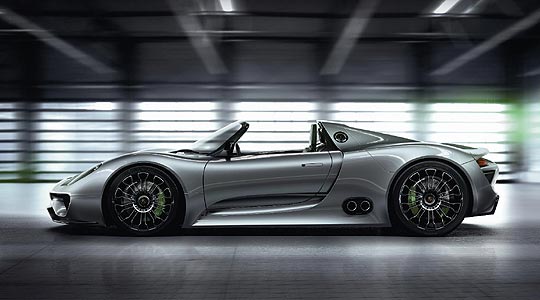
If you're a lover of high-end machinery designed for ultimate driving fun, three of your favoured marques could well be Ferrari, Porsche and Lotus. None of these three is a name you would immediately associate with the green-tinged motoring that our legislators would like to force upon us but, at the Geneva show, all three revealed cars designed specifically to tackle environmental sensibilities head-on.
So, meet the hybrid supercars. First up, that rare thing: a complete show surprise. No one outside Porsche knew of the 918 Spyder, and only 100 people inside. It looks broadly like a slightly shortened Carrera GT, the car whose open, mid-engined layout and carbonfibre structure it shares, but in place of a V10 engine is a 4.6-litre version of the V8 originally built, in 3.4-litre form, for the RS Spyder customer race cars.
The key point is that there are also three electric motors, one for each front wheel and one for the rear wheels built into the PDK transmission. Between them they produce up to 218bhp, using power suppled by a lithium-ion battery behind the rear bulkhead. Added to the engine's 500bhp, this allows bursts of over 700bhp – which is one reason why the 918 can lap the Nürburgring Nordschleife in seven-and-a-half minutes.
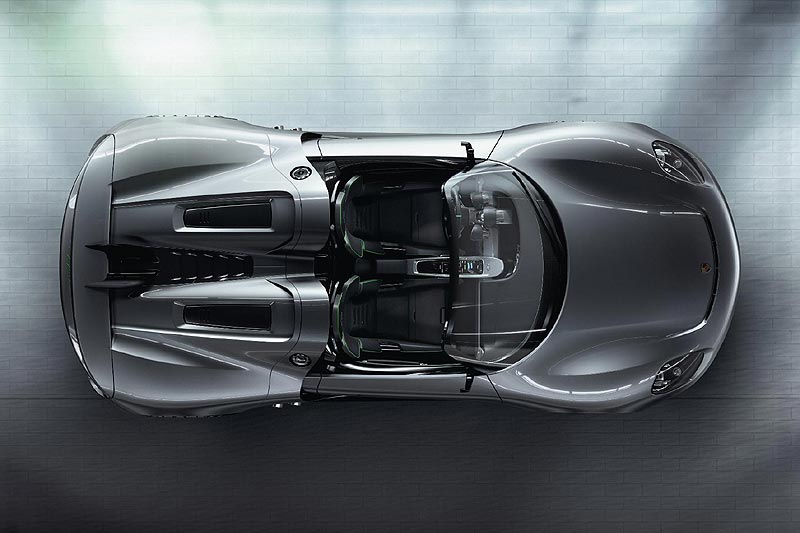
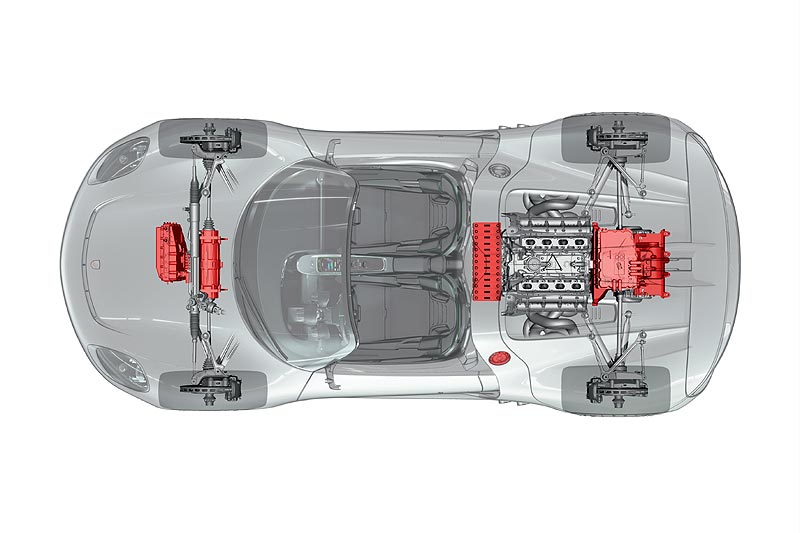
That's impressive enough, but driven with the delicacy dictated by the official EU fuel test regime it generates a scarcely-credible 70g/km of CO2. This is partly because it can cover the urban cycle section of the test on electric power alone. At the opposite extreme is a 'race' mode designed for instant and hefty helpings of additional torque, like a KERS system in Formula One. This is a hybrid of the plug-in variety, so the battery pack can be charged overnight to give up to 25km of electric-only range if needed. Other techno-cleverness includes the ability to vary the torque of each motor to act as sophisticated electronic differentials, enhancing both stability and agility.
“We considered such a car two years ago, without the plug-in feature,” says engineering chief Wolfgang Durheimer, “but the board did not approve it. However, last summer, aided by some… let's say… turbulence in the company, we decided to make a statement by adding a lot of the technology available at Weissach.
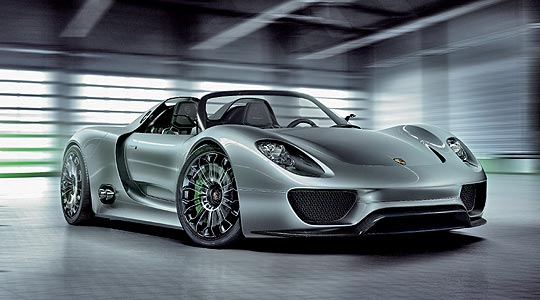
“Will it go into production? We have produced letters of intent for prospective customers to sign, and it will be interesting when we have 1000. If we do, we will contact the customers with a price and the timing.”
The 918 is a truly remarkable machine. Its unveiling stole some of Ferrari's thunder, for the Maranello company also showed a hybrid concept. Based on the 599, it is three years away from production but does reduce the 599's profligate 415g/km CO2 output to a commendable 250g/km. It is not a plug-in hybrid, and its batteries have a lower capacity than the Porsche's. These are the reasons why its CO2 figures are merely impressive rather than miraculous.
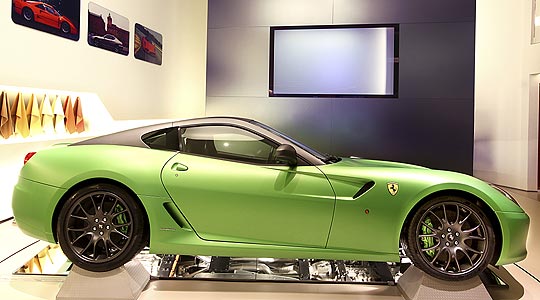
This time there is one electric motor, of 100bhp, mounted on the back of the double-clutch gearbox and driving the shaft that accommodates first, third, fifth and seventh gears. The lithium-ion battery packs are flat, very thin and mounted under the floor. As with the 918, the motor also acts as the petrol engine's starter and there's no separate 12-volt battery. Again, the urban cycle is run on electricity alone.
In the 599's case, the battery is as electrically flat as it is physically flat after the urban cycle, so for the extra-urban cycle the engine has to work harder than it does in a regular 599 in order to recharge the battery. This is a good thing, because an engine running under higher load with a larger throttle opening is more efficient, with lower pumping losses. One reason why supercars tend to score especially poorly on the drive-cycle tests is that all cars are measured under the same, almost ludicrously gentle acceleration rates, where a supercar's engine is at its least efficient. So we can expect to see more cars tailored, like the Ferrari and Porsche, to suit the official tests.
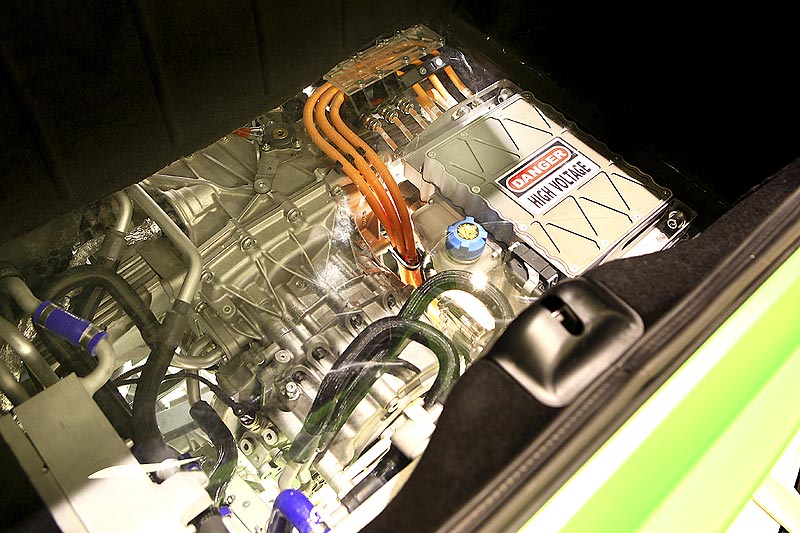
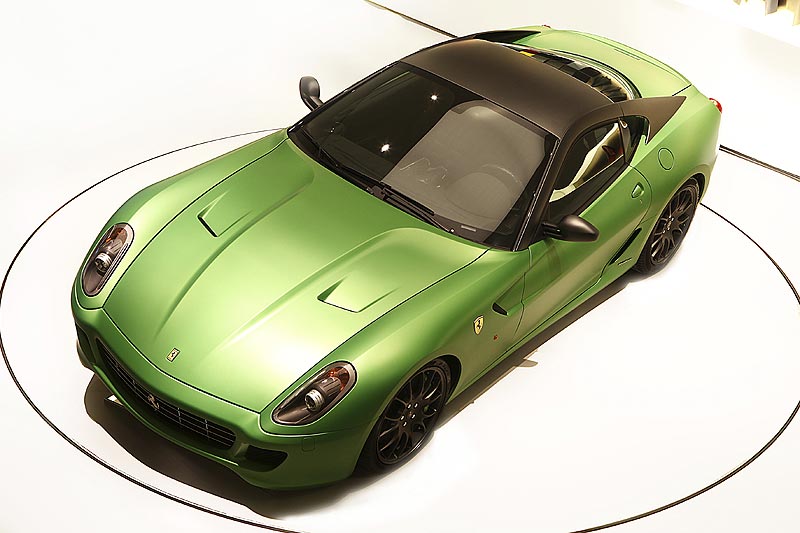
Not that this will spoil the fun. On the contrary, the extra power and torque more than compensate for the extra weight, giving an instant burst of KERS-fashion overtaking thrust. And there are subsidiary benefits, such as a traction control system which inhibits torque delivery to the rear wheels by switching the motor to regenerative-braking mode, thereby recovering the energy. “We can merge the torque transfer to both engine and wheels via the double-clutch system,” says Ferrari engineer Ferdinando Cannizzo, “which also smooths irregularities of engine torque and removes jerks, making the throttle response more linear.”
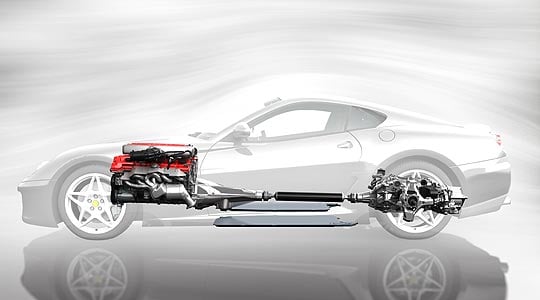
The Porsche 918 and the Ferrari 599 Hybrid Concept were the Geneva headline-grabbers at this green-tinged show. But Porsche also showed the 911 GT3 R Hybrid, a car intended for the racetrack if only the rulemakers could decide how to categorise it. In place of a battery here is a flywheel system, powered by a motor which gains its energy from regenerative braking and then expends it, working as a dynamo, to front-axle-mounted electric motors as needed. The flywheel system sits where the front passenger seat would normally be, and the motors it powers add another 162bhp to the flat-six engine's 480bhp.
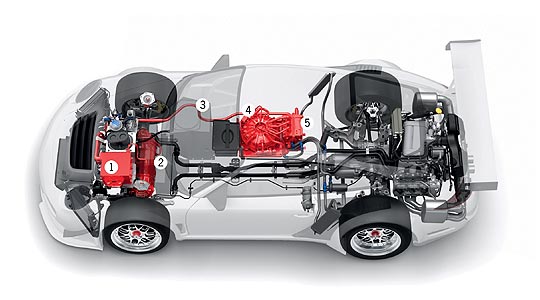
Most futuristic of all, though, was the Lotus Evora 414E, named for the total output of its two 207bhp electric motors, one for each rear wheel. In this plug-in hybrid, all the driving energy comes from the lithium-ion battery via the motors, the battery charged by either the National Grid or the on-board, three-cylinder, 47bhp petrol engine and the generator it powers.
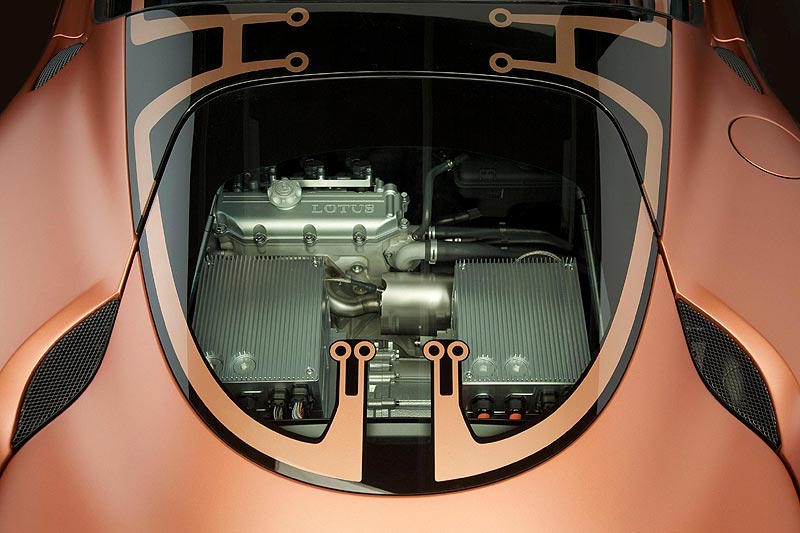
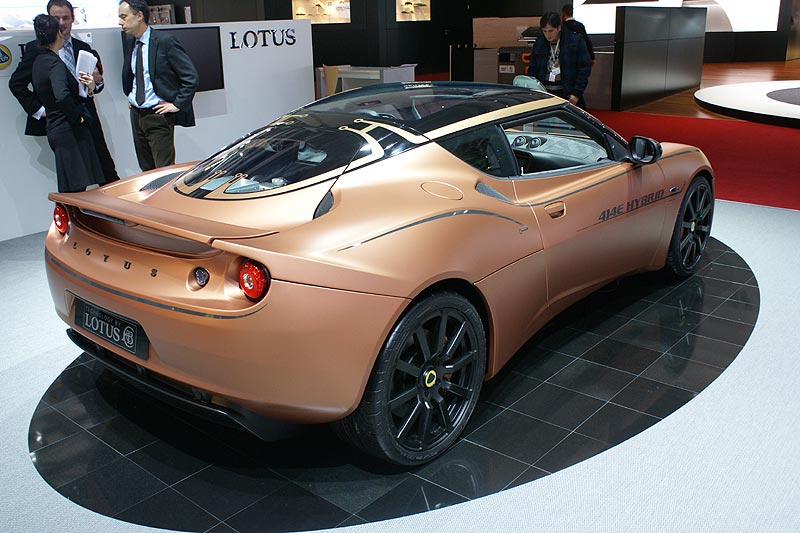
The Evora has an intriguing sound-synthesis system called HALOsonic, which generates the notes of a V6, a V12, a futuristic agglomeration of whines, whooshes and throbs, or a combination of 'future' and V12. It's mainly for the benefit of the occupants but it's also clearly audible from the outside, allaying fears that pedestrians won't notice near-silent electric cars. Lotus makes the Tesla, of course; the Evora 414E is the next step along a very intriguing road.
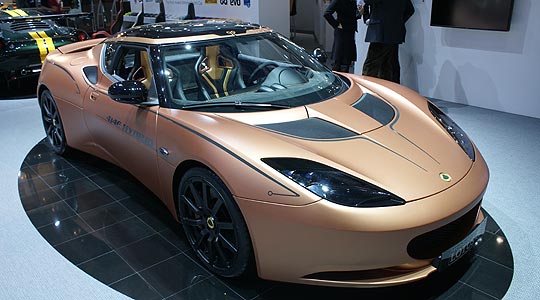
Text: John Simister
Photos: Ferrari/Porsche/Lotus/headlineauto
ClassicInside - The Classic Driver Newsletter
Free Subscription!












